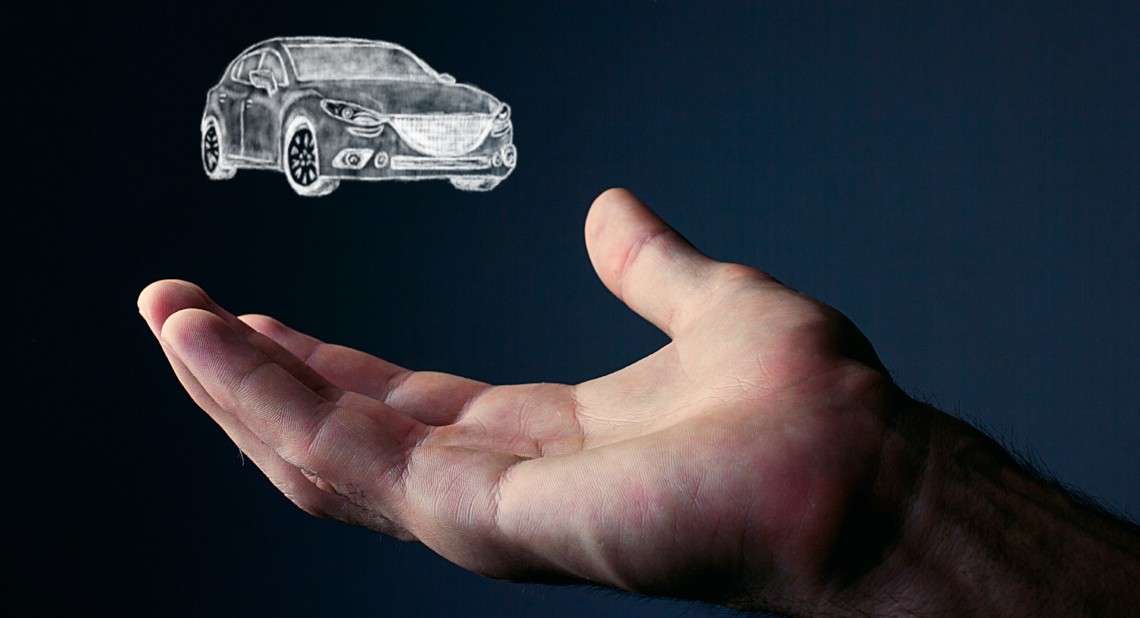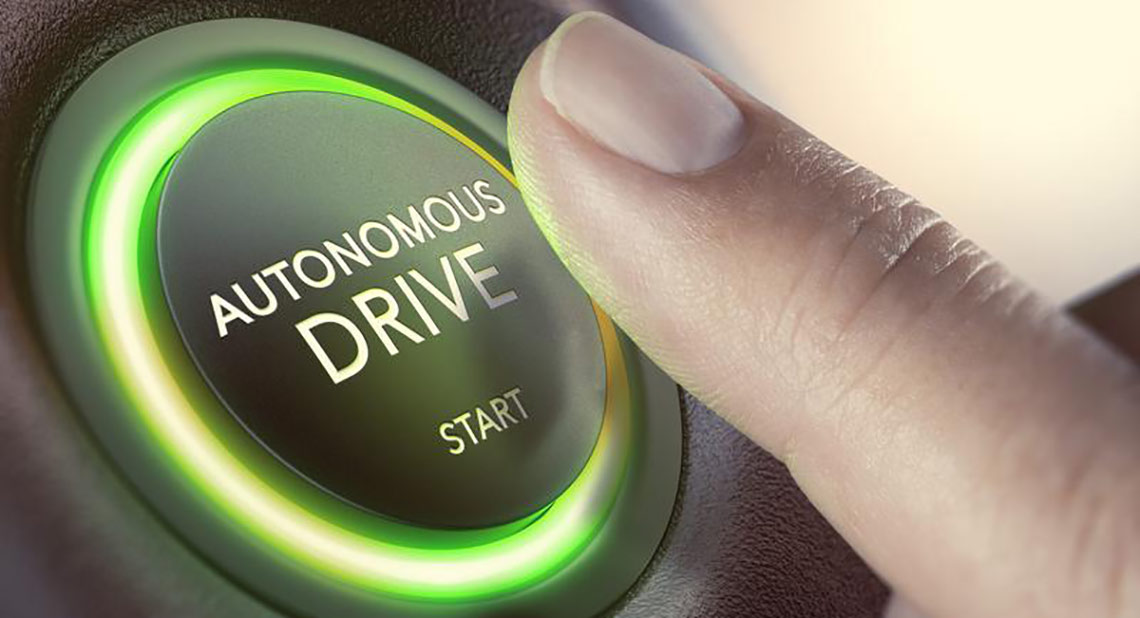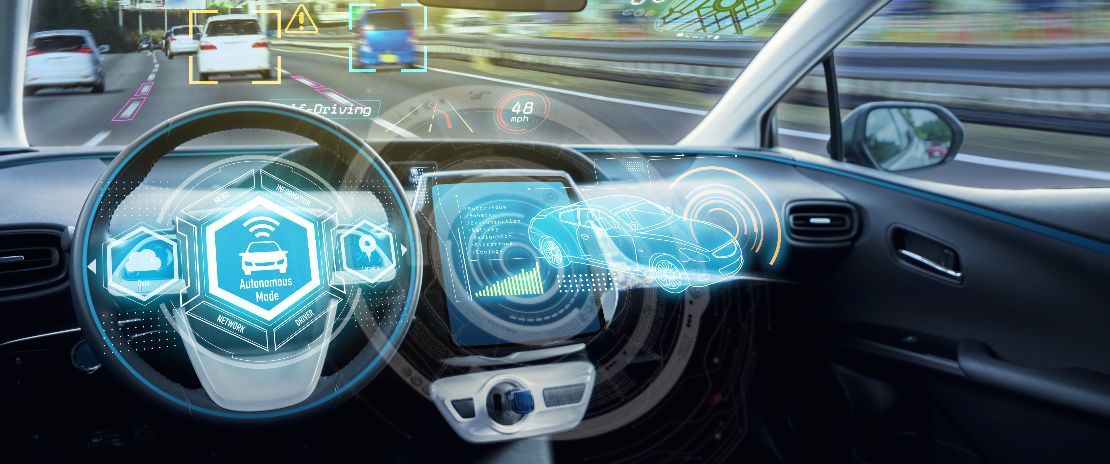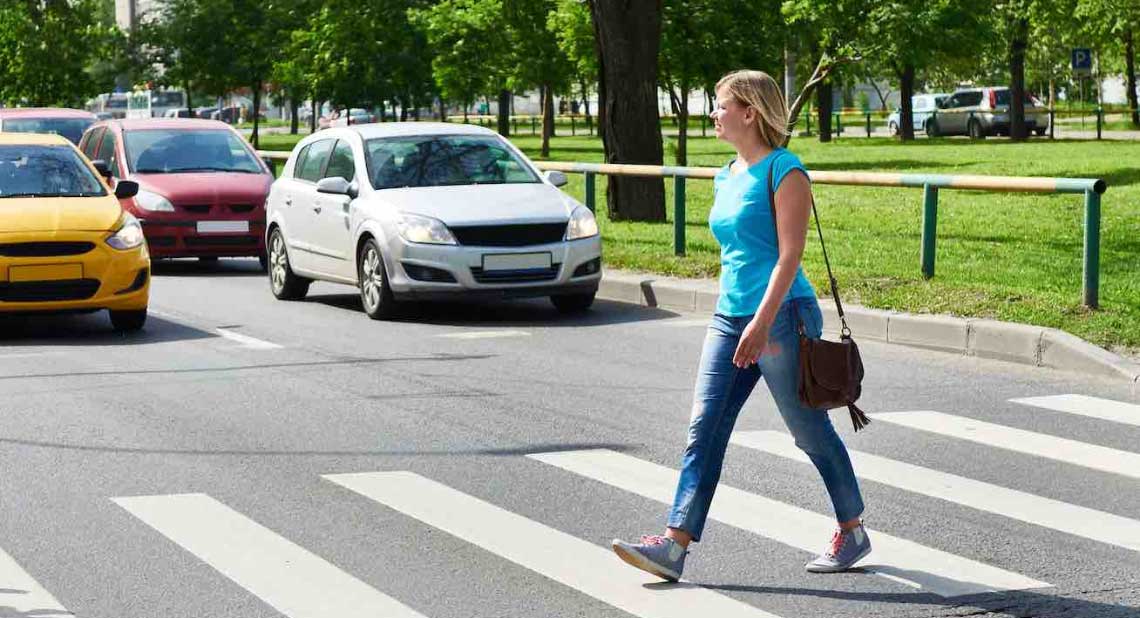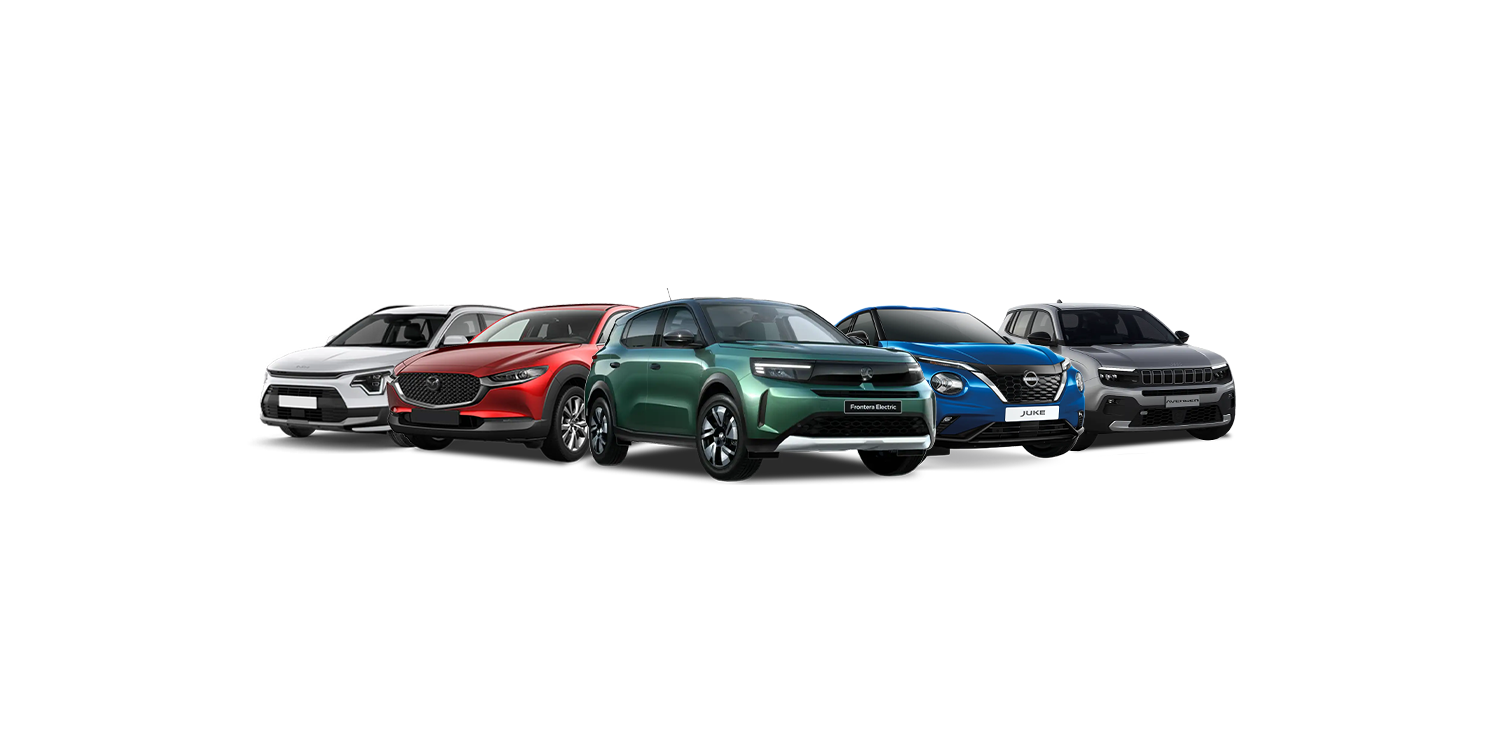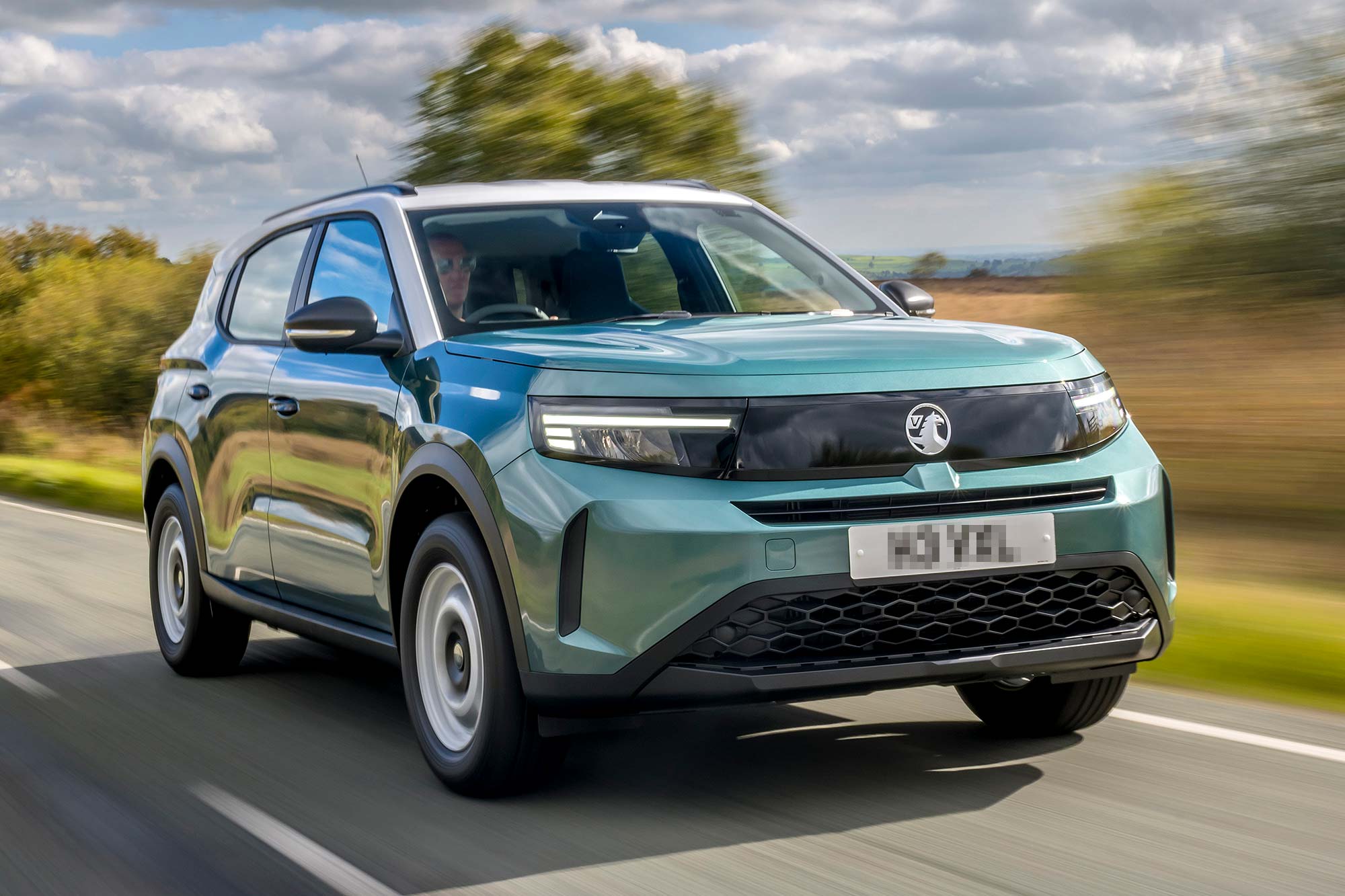The cars we use are increasingly driven by technology. With rear-view cameras, emergency brake assist and lane departure warnings now coming as standard in many new models, technology has helped make driving a far safer experience. At the same time, the introduction of GPS navigation and Bluetooth connectivity has helped make journeys more enjoyable.
As technology continues to advance, its influence on the driving experience will evolve. At present, we are seeing car manufacturers working with technology companies and software developers to create a network of fully connected cars, improving safety and enhancing the driver/passenger experience.
To understand how technology will change our driving experience, we need to understand the basics. Here’s what you need to know about the future of connected cars.
What is a connected car?
A connected car is a car that is connected to the internet, allowing it to share data with other devices both inside and outside the vehicle. At present, some cars can access the internet via a smartphone app, allowing people to unlock their car doors remotely, locate a vehicle if you forget where you’ve parked, and even change the car’s temperature settings before you get in.
For passengers, 4G-connected cars are able to create Wi-Fi hotspots that make it easy to stay online and keep passengers entertained on even the longest journeys. The days of bored children asking “are we there yet?” are starting to fade away.
Connected cars are an exciting development, but technology has the potential to take things even further.
How fully connected cars could improve the driving experience
Fully connected cars are connected on a far wider, more ambitious scale than what is currently seen in the market. In simple terms, the ultimate aim is to have as much of the world connected to the internet as possible, with all the elements seamlessly linking to each other. If you have a smart speaker in your home that is part of that connectivity, along with smartphones which many of us have come to rely on. Your car is another, more complicated piece of the same puzzle.
In built-up areas such as towns and cities, fully connected cars will be able to communicate with other vehicles on the road, as well as with pedestrians and the wider infrastructure. This ‘talking’ between cars will enable them to share information, so that your car will be able to reroute away from congestion or accidents, and locate parking spaces without the driver needing to plan as much.
Want to learn more about electric vehicle charging?
Check out our video answering some of the most frequently asked questions about EV charging, including how to get a home charge point installed as a Motability Scheme customer.
How do connected cars work?
To help improve the driving experience, fully connected cars will rely on three main pillars: telematics, infotainment and infrastructure. This may all sound a bit futuristic, but the cars of today are already starting to use some of these elements to help people have a better driving experience.
To achieve this, fully connected cars will rely on three main pillars: telematics, infotainment and infrastructure. This may all sound a bit futuristic, but the cars of today are already starting to use some of these elements to help people have a better driving experience.
Telematics connects the car to ‘the cloud’, which allow it to gather and share information on the car’s performance and the driver’s behaviours, in order to improve both aspects.
Infotainment will enable cars to access more rich and up-to-date information, which will in turn improve the vehicle’s navigation, displays, audio and in-car entertainment offering. This can enhance the travelling experience for both drivers and the passengers
Infrastructure, however, is the most significant element, in terms of creating a truly connected network of vehicles. This is known as vehicle-to-everything (V2X) technology, which is an umbrella title covering three key forms of communication:
- Vehicle-to-vehicle (V2V)
- Vehicle-to-pedestrian (V2P)
- Vehicle-to-infrastructure (V2I)
What are V2V, V2P and V2I?
Vehicle-to-vehicle (V2V) is the technology that enables connected cars to share information with other connected cars wirelessly. Vehicle-to-pedestrian (V2P) technology allows connected cars to communicate with people walking or cycling. And vehicle-to-infrastructure (V2I) technology allows connected cars to share and receive information with devices on or close to roads, including lane markers, road signs and cameras.
In all three examples, communication is carried out via 4G, the fourth generation of broadband cellular network technology. The aim is to lower the risk of collisions, improve road safety and make the journey a more enjoyable experience.
What’s needed for Vehicle-to-Everything (V2X) to work?
Connected vehicles are already built to communicate with the world around them using 4G. In the past many cars have used 3G, but this is now being replaced by 4G as standard in newer vehicles because it has fewer speed limitations. However, even 4G has significant limitations. While it can connect us all to the internet, it doesn’t have the speed to power complex infrastructures – such as the infrastructure that connects cars to roads around different cities and countries.
That’s where 5G will change things. Around 10 times faster than its predecessor, most of the UK is expected to have 5G at some point during 2022 (1). It’s been predicted that globally, one in four cars will have 5G connectivity by 2025 (2). The rollout of 5G will power a technological revolution.
Why do cars need to be connected?
As well as improving road safety and traffic efficiency in vehicles – which will help lower emissions – the longer-term goal of connected cars is to make autonomous and fully driverless vehicles a reality. Nobody can say for certain when driverless cars will become mainstream, with some estimating it could come within a decade while others suggest it could be several decades away (3). Either way, it’s clear that vehicle-to-everything (V2X) is driven by a future where we no longer need to push the pedals or steer the wheel.
At present, many new cars come with advanced driver assistance systems (ADAS) which can improve safety by warning of hazards, congestion, adverse weather conditions and similar issues. This is partial automation, and the driver is still responsible for driving their vehicle. As we move towards fully driverless cars, we will see even more advanced driver assistance systems, which will become crucial to maintaining safety on the roads.
Are there security issues involved with connected cars?
Any time data is shared wirelessly, there will always be the challenge of keeping that data from falling into the wrong hands. Powered by 4G and 5G, connected cars share an almost endless supply of data with other vehicles and the infrastructure around them. Just like laptops and mobile phones, a connected car needs to be protected against cyberattacks as it will be sharing data wirelessly.
This is why in 2020, the United Nations put regulations in place that are aimed at protecting a connected vehicle against cyberattacks. These cybersecurity regulations will come into force in July 2022 and will be mandatory for all new vehicles (4). Of course, cyberattacks may evolve over time, but technology will also evolve to improve connected cars’ security against them.
When will connected cars be the new ‘normal’?
This is hard to pinpoint. It has been predicted that all new cars will have vehicle-to-vehicle (V2V) technology installed by 2023 (5), and that more than 11 million vehicles will be equipped with some form of V2X system by 2024 (6).
The arrival of 5G broadband will move us closer to a fully connected network of autonomous vehicles, but it is an incredibly complex operation. It will take years to build, align and regulate the infrastructure needed to make this a reality.
There will be no grand unveiling of V2X on a specific date in the future. Instead, with each new model of car released and each new software update, an ever-evolving version of V2X will inevitably become the new standard.
Interested in joining the Scheme?
The Motability Scheme offers an all-inclusive package. If you are in receipt of a qualifying mobility allowance you can use it to lease a car, scooter, powered wheelchair or Wheelchair Accessible Vehicle. The Scheme provides flexible and hassle-free access to a brand new, reliable vehicle of your choice.
Sources
- Money Saving Expert
- Counterpoint Research
- BBC
- United Nations Economic Commission for Europe
- TechCrunch
- Business Wire
Related articles
Current challenges in the motoring industry
Electric cars: Information and Drivers’ Guide
Expert car picks from the Motability Scheme price guide
![]()
